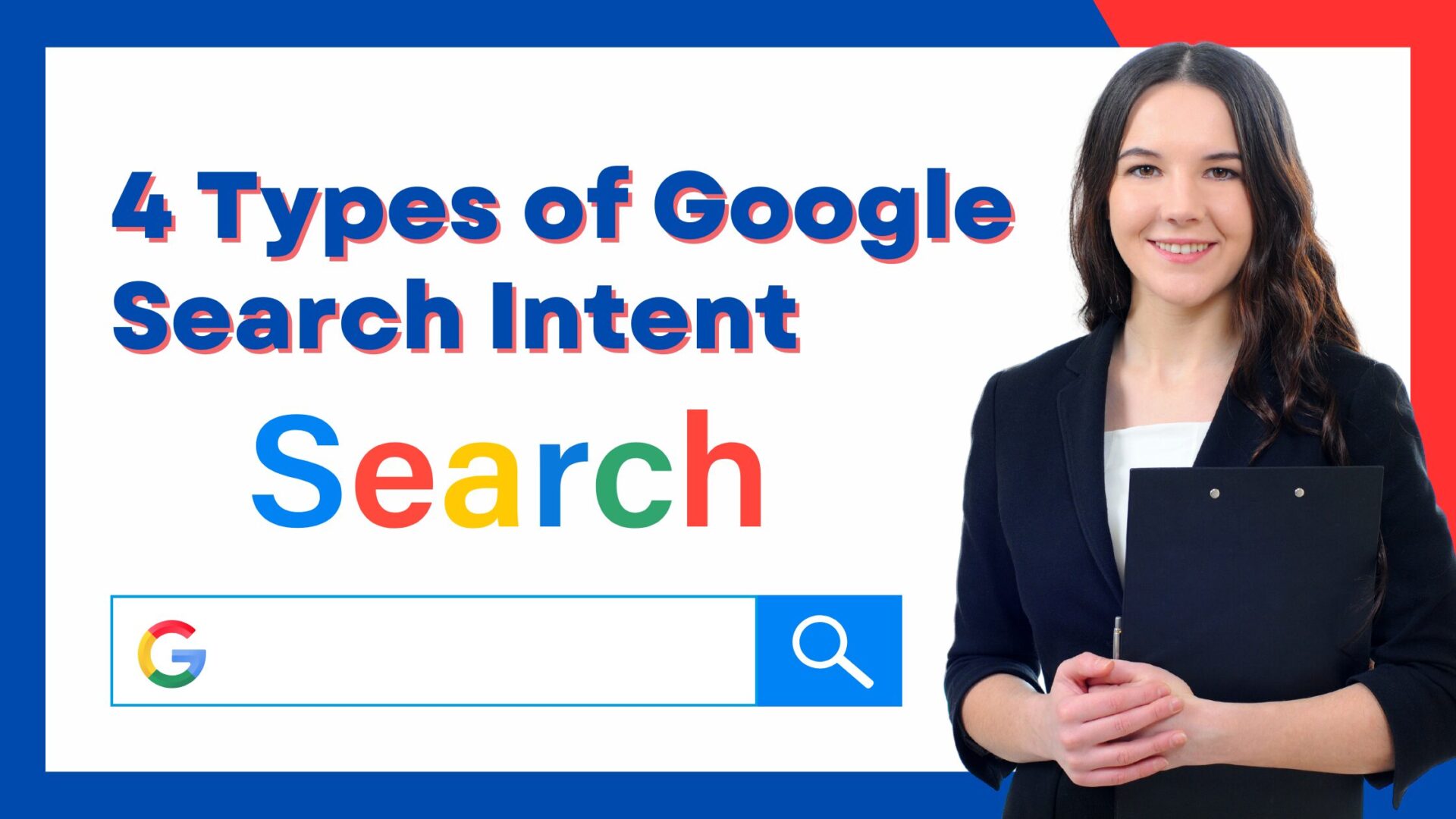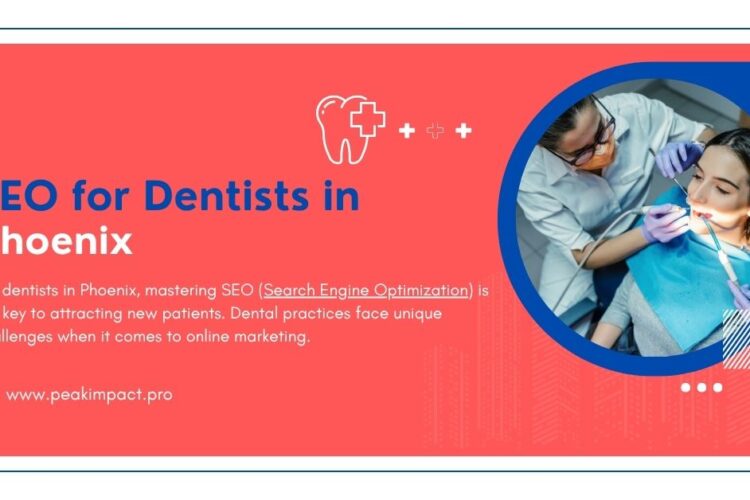
Search intent, also known as user intent, is the primary goal behind a user’s query. Understanding the 4 types of search intent is crucial for creating content that resonates with your audience and ranks high on search engines. While many articles on this topic provide surface-level information, this guide dives deeper into what you need to know, filling gaps left by others.
Quick View
What Is Search Intent?
Search intent refers to the purpose behind a user’s search query. It helps determine what the user wants to achieve, whether it’s finding information, completing a transaction, or navigating to a website. Accurately identifying search intent ensures your content meets user expectations, improving engagement and rankings.
The 4 Types of Google Search Intent
Mastering the 4 types of search intent informational, navigational, transactional, and commercial investigation helps you create content that meets user needs and ranks higher on search engines.
| Search Intent | Definition | Example Queries | Best Content Types |
|---|---|---|---|
| Informational Intent | Users seek knowledge or answers to specific questions. | – How to bake a cake – What is SEO? | – Blog posts – How-to guides – Explainer videos – Infographics |
| Navigational Intent | Users aim to find a specific website or page. | – Facebook login – Nike website | – Optimized homepage – Dedicated landing pages – Branded meta titles and descriptions |
| Transactional Intent | Users are ready to take action, like purchasing or signing up for a service. | – Buy iPhone 15 – Order food online | – Product pages – Discounts and offers – Secure checkout pages |
| Commercial Investigation | Users compare products or services before making a purchase decision. | – Best laptops 2024 – Bluehost vs GoDaddy | – Comparison articles – Product reviews – Buyer’s guides |
1. Informational Intent
Users with informational intent seek knowledge or answers. These queries aim to educate, inform, or solve problems.
Examples of Informational Intent Queries:
- “How to train a puppy”
- “What causes climate change”
- “History of the Internet”
Characteristics of Informational Intent:
- Users often include words like “how,” “what,” “why,” or “guide.”
- The goal is to gain knowledge rather than make a purchase.
Content Ideas for Informational Intent:
- In-depth blog posts
- Step-by-step tutorials
- Explainer videos and infographics
2. Navigational Intent
Navigational intent occurs when users want to find a specific website or page. The user already knows what they’re looking for and uses the search engine as a shortcut.
Examples of Navigational Intent Queries:
- “YouTube login”
- “Nike official website”
- “LinkedIn careers page”
Characteristics of Navigational Intent:
- Queries often include brand names or specific services.
- Users expect to land on a particular website.
Content Ideas for Navigational Intent:
- Optimize your site for branded keywords.
- Ensure your homepage ranks high for your brand name.
- Create dedicated landing pages for popular search terms.
3. Transactional Intent
Users with transactional intent are ready to take action, such as making a purchase or signing up for a service.
Examples of Transactional Intent Queries:
- “Buy iPhone 15 online”
- “Order food delivery near me”
- “Subscribe to Netflix”
Characteristics of Transactional Intent:
- Queries often include action words like “buy,” “order,” or “subscribe.”
- Users are at the decision-making stage of their journey.
Content Ideas for Transactional Intent:
- Product pages with clear calls to action
- Special offers or discount codes
- Secure and user-friendly checkout processes
4. Commercial Investigation Intent
This type of intent involves users researching their options before making a final decision. They compare products, read reviews, and explore recommendations.
Examples of Commercial Investigation Intent Queries:
- “Best laptops for students”
- “Bluehost vs. GoDaddy”
- “Top electric cars 2024”
Characteristics of Commercial Investigation Intent:
- Users are gathering information to make informed choices.
- Queries often include terms like “best,” “vs.,” or “top.”
Content Ideas for Commercial Investigation Intent:
- Comparison articles
- Buyer’s guides
- Detailed product reviews
Why Search Intent Is Important?
Understanding and targeting search intent helps you create content that aligns with user expectations. Here’s why it matters:
- Improves User Experience: Meeting user intent ensures visitors find what they’re looking for, increasing satisfaction.
- Boosts SEO Performance: Search engines prioritize content that aligns with user intent, improving rankings.
- Increases Conversions: Tailoring content to the user’s intent guides them through the buyer’s journey.
How to Identify Search Intent?
Identifying search intent involves analyzing the language and context of a query. Here’s how to do it:
- Examine Keywords:
Keywords like “how to” suggest informational intent, while “buy” indicates transactional intent. - Analyze SERP Features:
Look at the search engine results page (SERP) for a query. Features like videos, shopping ads, or featured snippets offer clues about the dominant intent. - Use SEO Tools:
Tools like SEMrush and Ahrefs help analyze user behavior and keyword intent effectively.
Advanced Strategies for Optimizing Content for Search Intent
To fully optimize your content for search intent, follow these advanced strategies:
- Cluster Your Content:
Group-related content covers all aspects of a topic comprehensively. - Focus on Long-Tail Keywords:
Long-tail keywords often reveal specific user intents, making them easier to target. - Enhance Visual Appeal:
Use images, videos, and infographics to make your content more engaging and informative. - Include Internal Links:
Guide users to other relevant pages on your site to improve navigation and engagement.
Common Mistakes
Even well-meaning efforts can fail if you overlook these mistakes:
- Ignoring Mobile Optimization:
Ensure your site is mobile-friendly, as most searches now occur on mobile devices. - Keyword Overstuffing:
Focus on natural keyword placement to avoid penalties and poor user experience. - Neglecting Analytics:
Regularly review your content performance to identify and address gaps.
The Future of Search Intent
As search engines evolve, understanding user intent will become even more critical. Personalization, voice search, and AI-driven algorithms are shaping how intent is interpreted. Staying ahead of these trends will ensure your content remains relevant and competitive.




